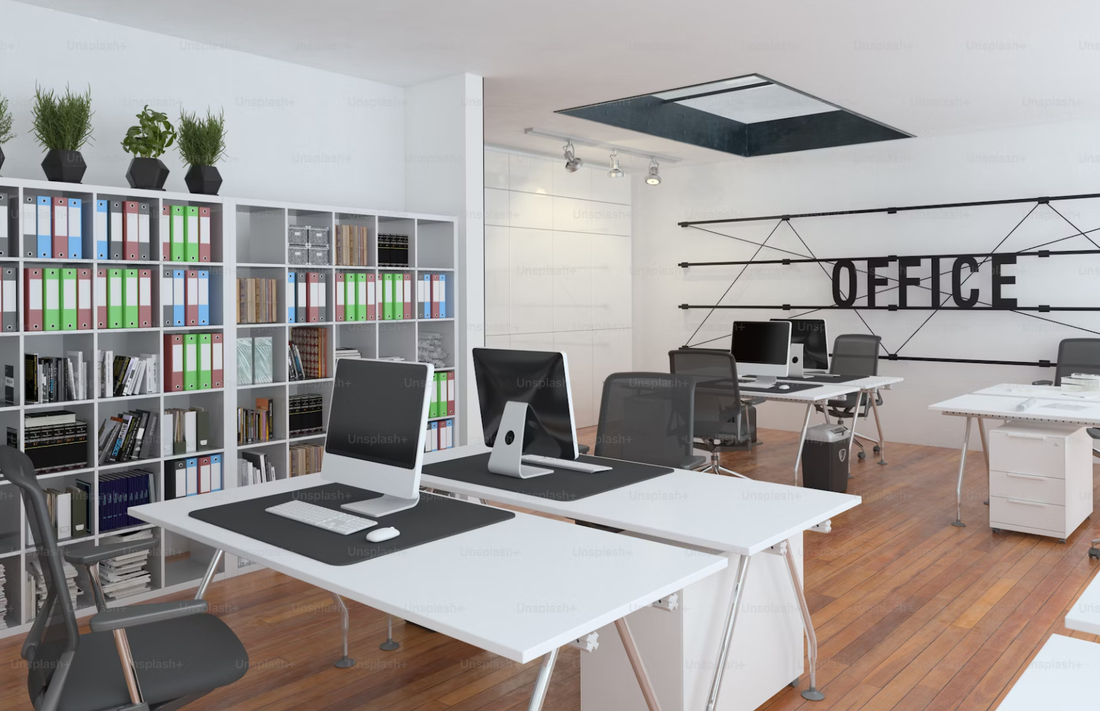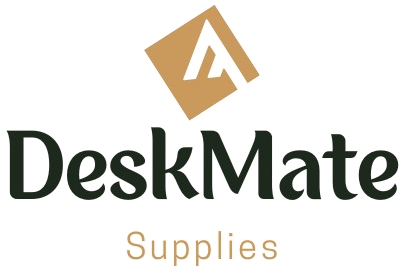
Office Breakroom Ideas 2025 | How Rest Spaces Improve Productivity
Share
☕ The Breakroom Reinvented
In 2025, the humble office breakroom isn’t just a coffee corner anymore — it’s becoming the heart of workplace wellness.
Across the U.S., both startups and established companies are reimagining their break areas as spaces that encourage creativity, relaxation, and connection.
From calming color palettes to ergonomic seating, the modern breakroom blends comfort, design, and psychology — helping people recharge rather than disconnect.
💡 Trend insight: Google searches for “office relaxation space” and “breakroom makeover ideas” have increased by nearly 50% since early 2025.
🌿 1. Why Breaks Are the New Productivity Hack
Research shows that short, mindful breaks throughout the day significantly improve focus, creativity, and emotional resilience.
A 2024 Stanford study found that employees who take structured micro-breaks return to tasks 31% faster and report less burnout.
The takeaway? Rest isn’t wasted time — it’s part of sustainable productivity.
That’s why U.S. offices are now prioritizing break zones as essential, not optional.
🛋️ 2. Designing for Rest, Not Retreat
The key to a great breakroom is balance — a space that feels relaxing but still part of the work culture.
Key design elements:
-
Soft Lighting: Avoid harsh overhead fixtures; use warm, indirect LED light.
-
Natural Materials: Incorporate wood, plants, and fabric for comfort and grounding.
-
Zoned Seating: Mix individual chairs for quiet recharge and tables for social breaks.
-
Acoustic Comfort: Sound-absorbing panels or rugs make a huge difference in noise-heavy spaces.
💡 Small offices tip: Even a single corner with a comfy chair, water dispenser, and wall art can serve as a “micro break zone.”
🧃 3. Supplies That Support Well-Being
A great breakroom doesn’t need luxury — it needs thoughtful supplies that support physical and mental balance.
Trending 2025 breakroom essentials:
-
Compact coffee makers or tea stations
-
Mini fridges with healthy snack options
-
Refillable water stations or smart bottles
-
Air purifiers or small plants for freshness
-
Wall calendars or magnetic boards for team shoutouts
-
Recycled-paper napkins and eco-friendly dishware
🪄 Wellness add-ons: Some modern offices include small sensory tools — stress balls, mini diffusers, or fidget cubes — for mental resets.
👥 4. The Social Side of Break Spaces
A well-designed breakroom does more than help individuals — it builds culture.
When teams gather for informal chats over coffee or shared snacks, they reconnect on a human level, improving trust and collaboration.
Simple rituals — like Monday coffee circles or Friday gratitude boards — turn the space into a hub for team morale.
These micro-traditions often improve retention and motivation more than big company events.
💬 Quote from a New York workplace consultant:
“The modern breakroom is the new conference room — just quieter, kinder, and more human.”
🌸 5. Refreshing Your Own Space
You don’t need a corporate budget to apply the same principles.
Even freelancers and small business owners can benefit from a “reset zone” inside their workspace.
Try these low-cost upgrades:
-
A mini lamp with a warm bulb instead of overhead light
-
A small diffuser with citrus or lavender oil
-
A rotating snack bowl or coffee stand
-
A few framed prints or motivational quotes
-
Comfortable seating that’s separate from your work chair
Creating physical separation between work and pause helps your mind reset faster — especially in home offices.
🧘 Final Thoughts
The future of office productivity is rooted in human balance.
Breakrooms, once overlooked, are emerging as spaces of restoration — the small pauses that make long workdays sustainable.
Whether it’s a full lounge or a single cozy corner, your workspace’s ability to recharge energy can define how people feel about their workday.
Taking care of your environment means taking care of your people — and in 2025, that’s what truly drives success.
